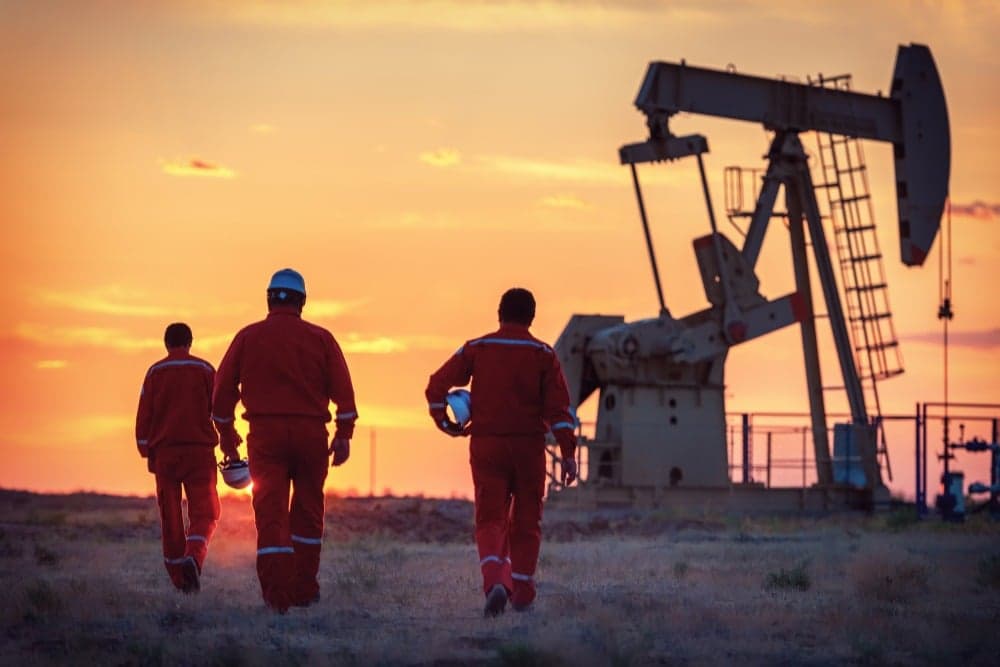Data collected by the Bureau of Labor Statistics (BLS) as well as a study done by the Energy Workforce & Technology Council reports an increase in employment by 23,015 this past March.
The American oilfield industry and equipment sector experienced a significant cut in jobs this year following the challenges created by the COVID-19 virus. While the industry saw slight gains in the last quarter of 2020, December, January, and February were hit hard by the pandemic when it came to job losses.
In total, the Oilfield Services and Equipment Employment Report indicated that job losses peaked at 102,000 due to the pandemic.
BLS data shows that there was an estimated 9.2% drop in oil and industry jobs in the United States. While there were approximately 691,866 jobs in March of 2020, there were only 628,382 in March of 2021.
Job losses hit the hardest in April of 2020 when 57,294 were cut - this is the highest one-month job loss total since 2013.
However, as reports for March 2021 have indicated, the industry has gained back more than 23,000 jobs - a significant growth of around 3.8%.
The Oil and Gas Industry is Making a Comeback - Just a Slow One
Despite the cutbacks caused by the pandemic, companies around the country including those in Texas and North Dakota were able to bring more rigs back online and begin increasing production. This is due to not only a rise in demand but also the fact that more and more employees of the oil and gas industry are receiving their vaccinations against COVID-19.
While the increase in jobs is great news for oil and gas workers, the recovery will be a slow process. The future of the industry will be challenging as global spending on oil and gas production is predicted to remain below pre-COVID levels until at least 2025.
As companies are facing a slow return to normalcy, they aren’t rushing back into drilling - at least not at full force. Many companies are planning to raise their capital expenditures only slightly this year while others are maintaining flat-spending or reduced investments.
However, as the country’s climate slowly moves from winter to warmer weather, the demand for fuel is going to gradually increase as more people are gearing up to travel by vehicle. The same goes for the airline industry, which has recently seen an increase in air travel passengers due to normal season increases as well as the easing of COVID-19 restrictions and the rise of vaccination rates.
These projected increases are not unnoticed by oil and gas companies. So, along with the slow return to normalcy in the industry, these upcoming demands are also necessitating an increase and production and return to work for many oil and gas workers.
Job Demand and Outlooks in the Oil and Gas Industry
According to the American Petroleum Institute (API), it is estimated that nearly 3.9 million job opportunities will become available between now and 2025 related to the unconventional oil and natural gas chain as well as energy-related chemical activity.
In a survey conducted by Airswift, an international workforce solutions provider, both hiring managers and employees are confident that salaries will not decrease any further this year than they already have.
Of the hiring managers surveyed, 30% expect salaries to remind the same while 29% believe pay increases in 2021 are possible.
As far as available jobs go, it only takes a quick search through online job boards to see that there are still many open positions for those who work in the oil and gas industry.

